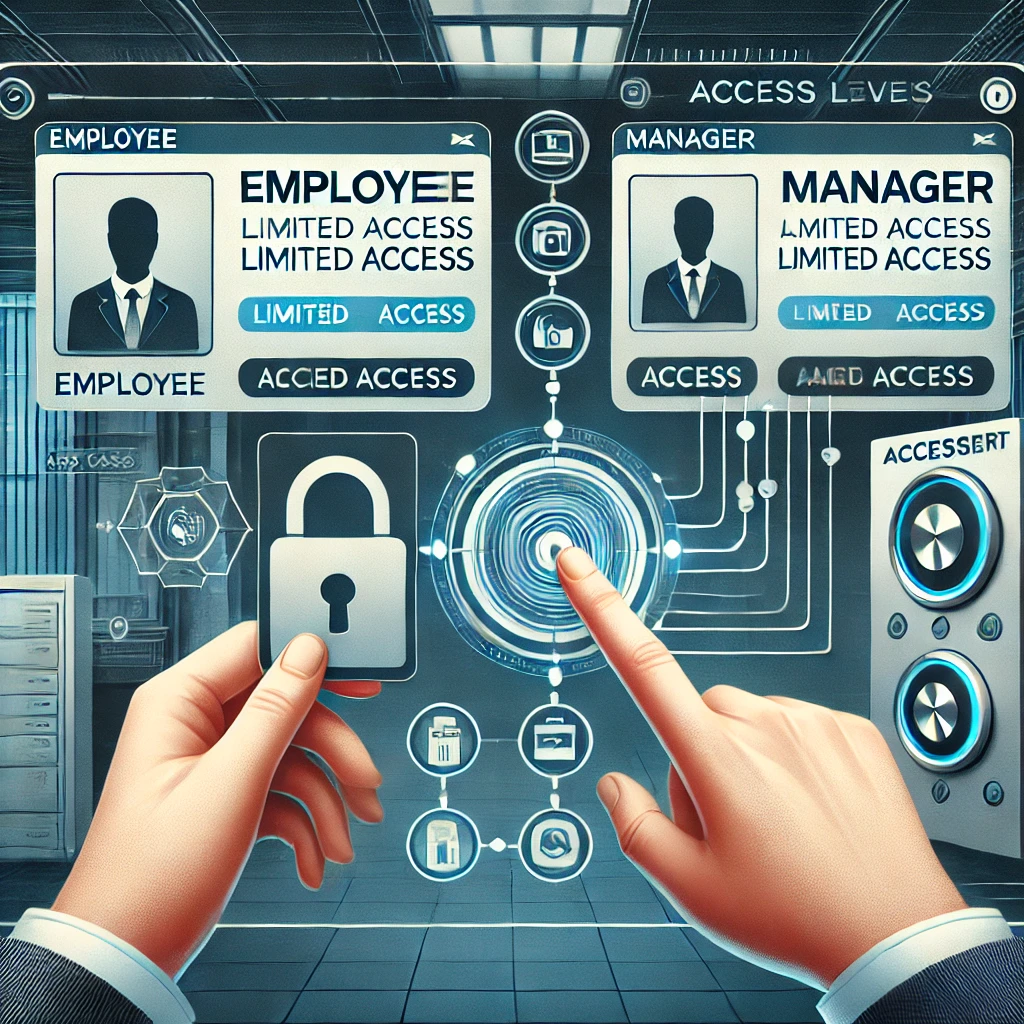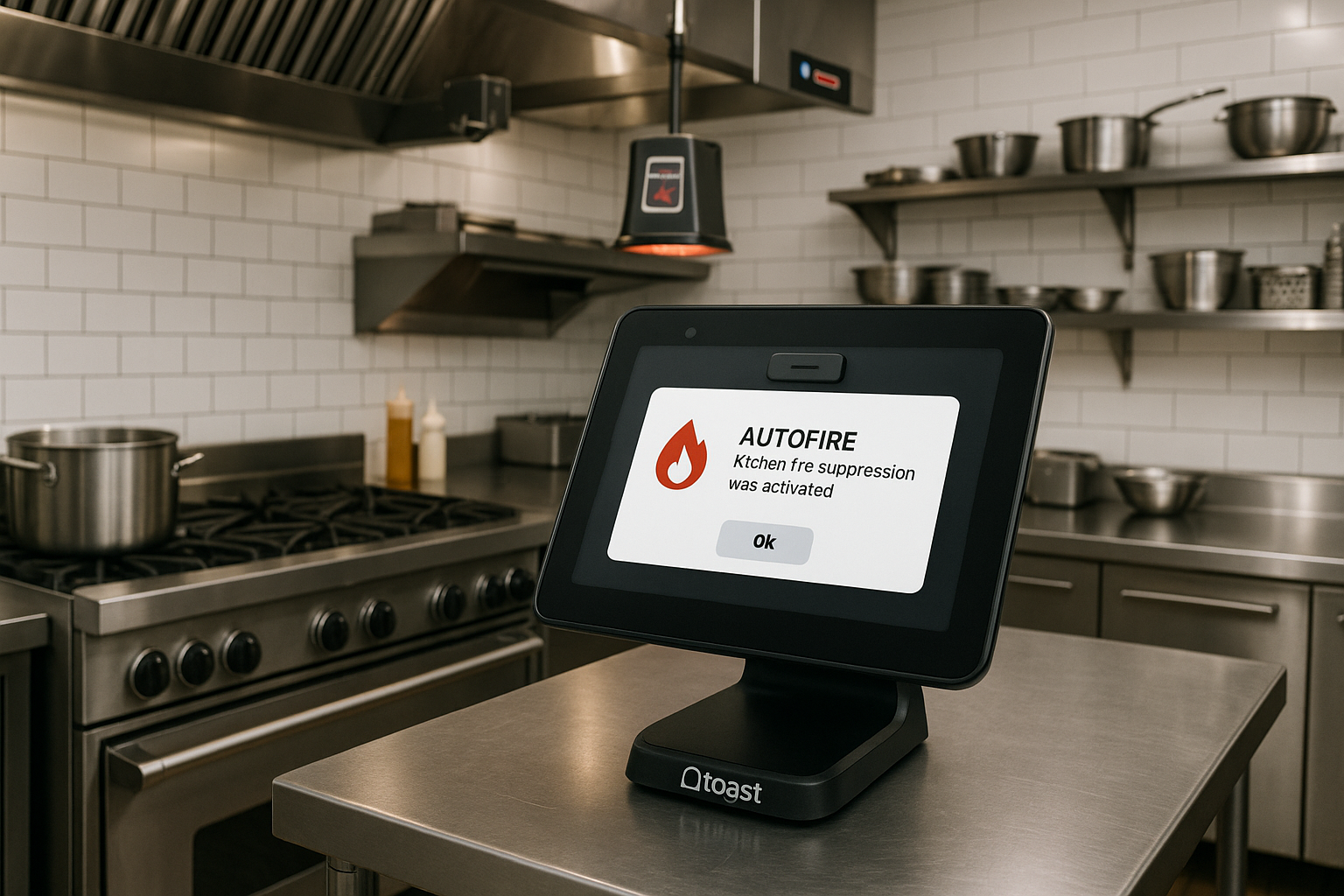Understanding the Importance of Swipe Card Security
Introduction
In the fast-paced environment of the restaurant industry, security is paramount. Employee and manager swipe cards are a critical component in managing access to sensitive areas and information within a Point of Sale (POS) system. By utilizing swipe cards, restaurants can significantly reduce the risk of unauthorized access and ensure that only designated personnel can perform high-level tasks. This article explores the importance of managing these access cards effectively to maintain a secure operational environment.
Swipe cards serve as a physical manifestation of digital security protocols. They not only streamline the process of logging into POS systems but also help establish clear accountability among staff members. Each swipe is a record of who accessed what, when, and for how long. This traceability is essential for audit trails and can act as a deterrent against potential misuse or theft. Given the stakes involved in financial transactions and sensitive data, implementing robust swipe card management is non-negotiable.
Moreover, with the rise of cyber threats and data breaches, it’s vital for restaurant owners and managers to adopt comprehensive security measures. Effective swipe card management can significantly mitigate risks associated with passcode theft and the abuse of elevated permissions. Thus, understanding and implementing these measures is crucial for the overall health of a restaurant’s operations.
Configuring Swipe Cards for Employees and Managers
Configuring swipe cards for employees and managers involves a systematic approach that aligns with the restaurant’s operational needs. Each swipe card can be programmed with specific permissions tailored to the role of the individual. For instance, managers may have access to perform administrative functions, while regular staff may be limited to basic transaction handling. This differentiation is essential to maintaining security and operational integrity.
The configuration process typically begins with a review of employee roles and responsibilities. By understanding what access is necessary for each position, restaurant operators can assign swipe cards accordingly. This ensures that employees only have access to the functions they need to perform their jobs effectively. Such tailored access not only enhances security but also fosters a culture of accountability among staff.
Furthermore, regular audits and updates to swipe card permissions are crucial. As staff members move within the organization, their access needs may change. An effective management strategy includes routine checks to ensure that swipe card permissions remain aligned with current roles. This proactive approach minimizes potential security gaps and ensures that only authorized personnel can access sensitive data and functionalities.
Preventing Passcode Theft and Abuse of Permissions
Passcode theft is an ever-present threat in the digital landscape, and swipe cards can serve as a formidable line of defense against such incidents. By implementing swipe card systems, restaurants can eliminate the reliance on easily compromised passcodes. Swipe cards provide a more secure and efficient means of managing access, significantly lowering the chances of unauthorized access to critical areas within the restaurant.
Moreover, swipe card systems can be designed with additional security features, such as biometric authentication or two-factor authentication, further enhancing their effectiveness. By integrating these technologies, restaurants can create multi-layered security measures that make it considerably more difficult for intruders to gain access. This not only protects sensitive financial information but also secures the restaurant’s reputation in the industry.
Education and training for employees are also pivotal in preventing misuse of permissions. By raising awareness about the risks associated with passcode sharing and emphasizing the importance of safeguarding swipe cards, restaurants can foster a culture of security among their staff. This culture can be supported through regular training sessions and updates on best practices, ensuring that all employees are equipped to protect the restaurant’s assets effectively.
Best Practices for Swipe Card Management
Implementing best practices for swipe card management is essential to maximizing security and efficiency. One of the most effective strategies is to develop a comprehensive onboarding process for new employees, which includes training on the importance of swipe card security. This process should also cover what to do in case a card is lost or stolen, ensuring that quick action can be taken to mitigate any potential risks.
Periodic audits of swipe card access and usage are another best practice that should not be overlooked. These audits allow restaurants to verify that only authorized personnel have access to certain areas and functions. Regular checks can also help identify any discrepancies or potential abuse of permissions, allowing managers to address issues proactively before they escalate.
Finally, maintaining an up-to-date inventory of swipe cards and their assigned personnel is crucial. Restaurants should have a clear record of who has what card and the permissions associated with each. This inventory makes it easier to manage changes, such as when an employee leaves, and ensures that access is promptly revoked. By adhering to these best practices, restaurants can significantly enhance their security posture and streamline their operations.
Conclusion
In conclusion, managing employee and manager swipe cards is an essential component of a robust security strategy for restaurants. By configuring these cards effectively, preventing passcode theft, and adhering to best practices, restaurant owners can create a secure environment that protects sensitive information and enhances operational efficiency. With the right approach, swipe card management can serve as a cornerstone of a restaurant’s security infrastructure.


